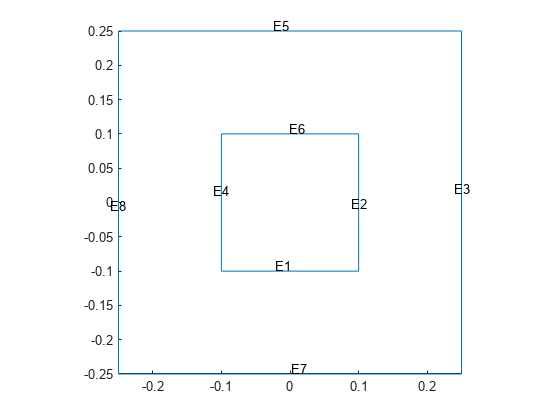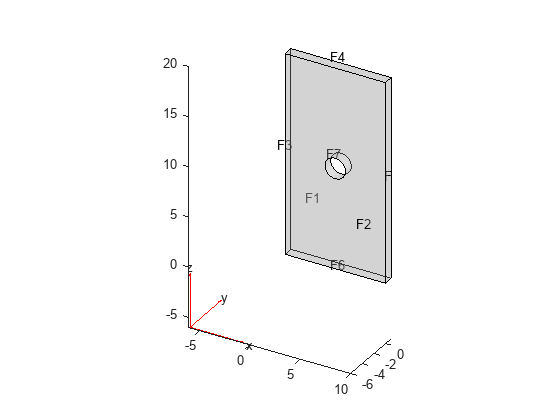generateMaxwellStressTensor
Description
results = generateMaxwellStressTensor(
generates the Maxwell stress tensor values at the mesh nodes and stores it in the
R)MaxwellStressTensor property of the results object.
Here, results is an ElectrostaticResults
or MagnetostaticResults
object.
Examples
Input Arguments
Version History
Introduced in R2024a

